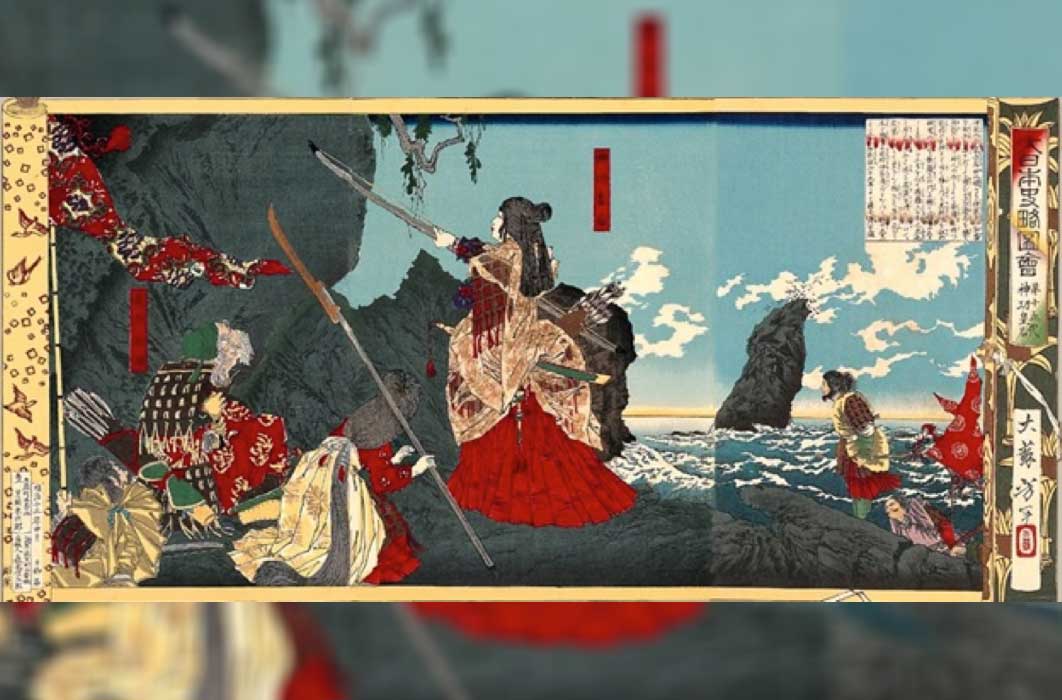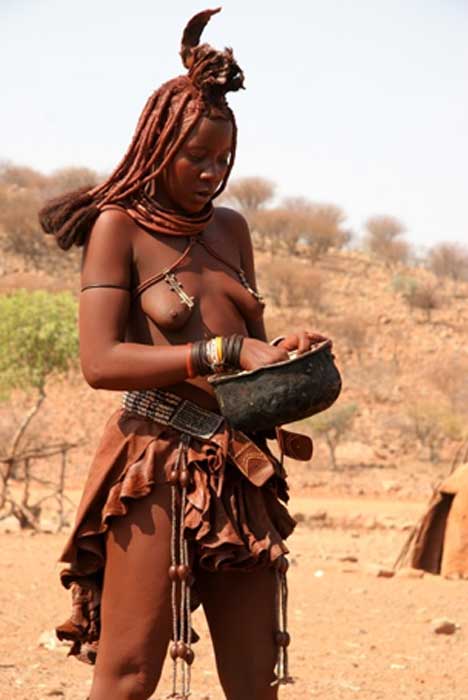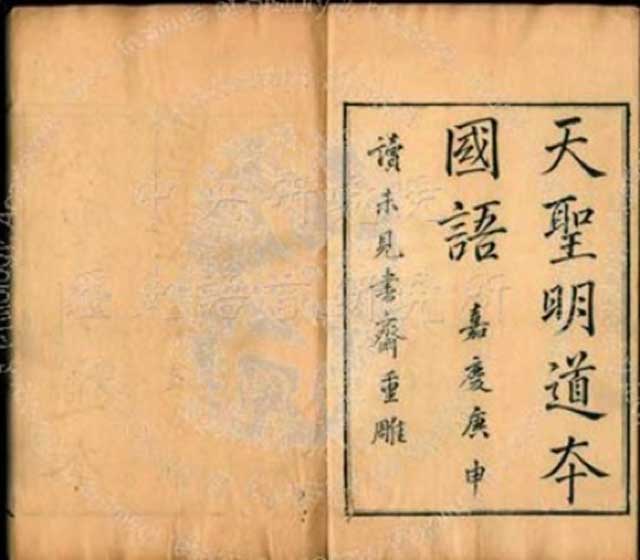
The Rise and Fall of Shaman Queens of the East
The word ‘shaman’ conjures up images of Native American medicine men smoking peace pipes, dancing in a trance to drumming around a fire or African sangomas, adorned with leopard skin, throwing dollose bones and shells to divine and drinking beer from calabash. This is far removed from the concept of sophisticated, regal shaman queens of the East in China, Japan and Korea who used their talent and connection with the ‘Otherworld’ to the benefit of their kingdoms and populace. Later this feminine healing power was suppressed and persecuted by religious men, who regarded it as a threat to their faith.

Mongol Darkhad Shaman just starting Shamanic ritual at Khovsgol lake (Munkhbayar.B /CC BY-SA 4.0)
Woman Shamans on a Global Platform
Worldwide, women have been at the forefront of this field of spiritual healing. In some cultures, they even became leaders. From the Buryats in Mongolia to the Bwiti religion in Gabon, the first shaman was in fact a woman. Other examples of the surviving shamans include Machi (a traditional healer and religious leader) of the Mapuche in southern Chile and the Babaylan and Catalonan of the Philippines. Images and historical descriptions show women in many different roles such as invokers, healers, herbalists, oracles and diviners. They also performed as ecstatic dancers, shapeshifters and priestesses of the ancestors.

Himba woman of Namibia (Yves Picq / CC BY-SA 1.0)
In the practice of Katjambia in Namibia, a Himba medicine woman absorbs the negative energies into her own body before returning them to the sacred fire of her ancestors, who then release those negative energies. Similar descriptions were recorded by Greco-Roman visitors to Anatolia. At Castabala, in Cappadocia, the priestesses of Artemis Perasia, walked barefoot through a furnace of hot charcoal without experiencing any harm. The healing power of women shamans was occasionally stated in mythology as being able to restore life to the dead. Medea of Colchis revived a dead ram by putting it into a cauldron with potent herbs and incantations. The Nostoi (Returns), a lost epic of ancient Greek literature, tells of Medea who rejuvenated Jason’s father Aeson in a cauldron.

The Kuo Yu, (Guoyu), BC 5-4 is a Ming-era edition of a historical work written in the 19th century. Exact Date: The Lung- Qing--era keng-shen庚申 year, ie 1570. (Public Domain)
Imperial Wu of China
Guoyu (Discourses of the states), a Chinese text collection of anecdotes and discourses from the Spring and Autumn period (770 - 476 BC), states that although men and spirits did not interact in the ancient world, there were: “certain people whose understanding enabled them to make a meaningful definition of what lies above and below this world, as well as the insight to illuminate the distant and profound. It was upon these people where the spirits would descend”. In China, the possessors of such powers were called xi (shaman) if they were men, and wu (shamaness) if they were women. These men and women supervised the ceremonies, sacrificed to the spirits and managed religious matters. Most importantly, they kept the balance and distinction between the spheres of the divine and the profane. In their turn, the spirits then sent down blessings on the people and prevented any natural calamities. Later, the divine and profane became intermixed and caused great misfortunes. Thus, the communication between heaven and earth had to be terminated. The Chinese wu were known as ecstatic priestesses who danced to the music of drums and flutes until they reached a trance state to receive shen (spirit) into their bodies after which they could heal, make prophesies, speak in tongues, swallow swords and spit fires.




